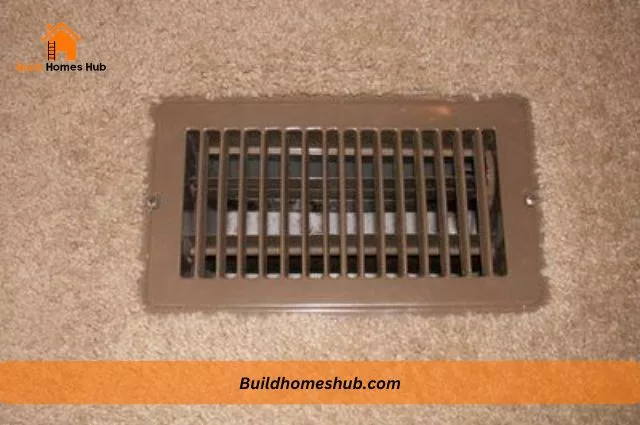If you’re an RV enthusiast, you know that proper ventilation is crucial to maintaining a comfortable and healthy living environment inside your rig. Floor vents are an essential component of your RV’s heating and cooling system, allowing air to circulate freely throughout the space. However, choosing the right size and type of floor vents can be challenging, especially for new RV owners.
In this guide, we’ll cover everything you need to know about RV floor vents, including their sizes, types, and installation methods. So let’s get started and ensure that your RV stays well-ventilated, comfortable, and healthy.
Why RV Floor Vents are Important
Floor vents are an essential part of your RV’s heating, ventilation, and air conditioning (HVAC) system. Proper ventilation helps to regulate the temperature, remove stale air, and reduce humidity levels inside your RV. In addition, well-ventilated RVs are less likely to develop mold and mildew problems, which can cause health issues and damage the interior of your RV.
Common RV Floor Vent Sizes
RV floor vents come in a range of sizes, depending on the size of your RV and the location of the vent. The most common sizes are:
- 2″x10″: This size is typically used in smaller RVs or in areas where a larger vent is not necessary, such as bathrooms or closets.
- 2″x12″: This size is commonly used in mid-size RVs, such as Class B and C motorhomes or travel trailers.
- 4″x10″: This size is commonly used in larger RVs, such as Class A motorhomes or fifth-wheel trailers.
- 4″x12″: This size is similar to the 4″x10″ but provides slightly more airflow.
- 6″x10″: This size is less common and is typically used in larger RVs, such as toy haulers or luxury motorhomes.
Types of RV Floor Vents
There are several types of RV floor vents available, each with its unique features and benefits. The most common types are:
- Standard Metal Floor Vents: These vents are the most common type of RV floor vent and are made from durable metal. They typically have a simple design and are available in various sizes to fit your RV’s needs.
- Plastic Floor Vents: Plastic floor vents are a more affordable alternative to metal vents. They are lightweight, easy to install, and come in various colors to match your RV’s interior.
- Adjustable Floor Vents: Adjustable floor vents are a convenient option for RV owners who want to control the airflow in their RV. These vents feature adjustable louvers that allow you to direct the airflow where you need it.
- Magnetic Floor Vents: Magnetic floor vents are a great option for RV owners who want a quick and easy solution to their ventilation needs. These vents are designed to stick to your RV’s floor, making installation a breeze.
How to Install RV Floor Vents
Installing RV floor vents is a relatively simple process that can be done in a few easy steps:
- Locate the area where you want to install the vent.
- Remove the existing vent cover, if applicable.
- Measure the opening to ensure that you purchase the correct size vent.
- Place the vent into the opening and secure it in place with screws or adhesive, depending on the type of vent you are using.
- Install the vent cover and test the airflow to ensure that it is working correctly.
Maintaining Your RV Floor Vents
To keep your RV floor vents functioning correctly, it’s essential to clean them regularly. Dust, dirt, and other debris
can accumulate inside the vents, reducing the airflow and causing unpleasant odors. Here are some tips for maintaining your RV floor vents:
- Vacuum the vents regularly to remove any dust and debris.
- Use a damp cloth to wipe down the vent cover and surrounding area.
- Remove and clean the vent covers periodically to ensure that they are not clogged with dirt or debris.
- Inspect the vents for signs of damage, such as cracks or holes, and replace them if necessary.
- Consider using air filters to help reduce dust and other airborne particles inside your RV.
Conclusion
Proper ventilation is essential for maintaining a comfortable and healthy living environment inside your RV. Choosing the right size and type of RV floor vent can make a significant difference in the efficiency of your RV’s HVAC system. Whether you opt for standard metal vents, plastic vents, adjustable vents, or magnetic vents, there are plenty of options available to fit your needs and budget. By following the tips for installation and maintenance outlined in this guide, you can ensure that your RV stays well-ventilated, comfortable, and healthy for years to come.
I hope to help you make the right choices with my content. I am passionate about building new homes and renovations. Follow me, on my socials, I drop nice stuff that may be helpful.











